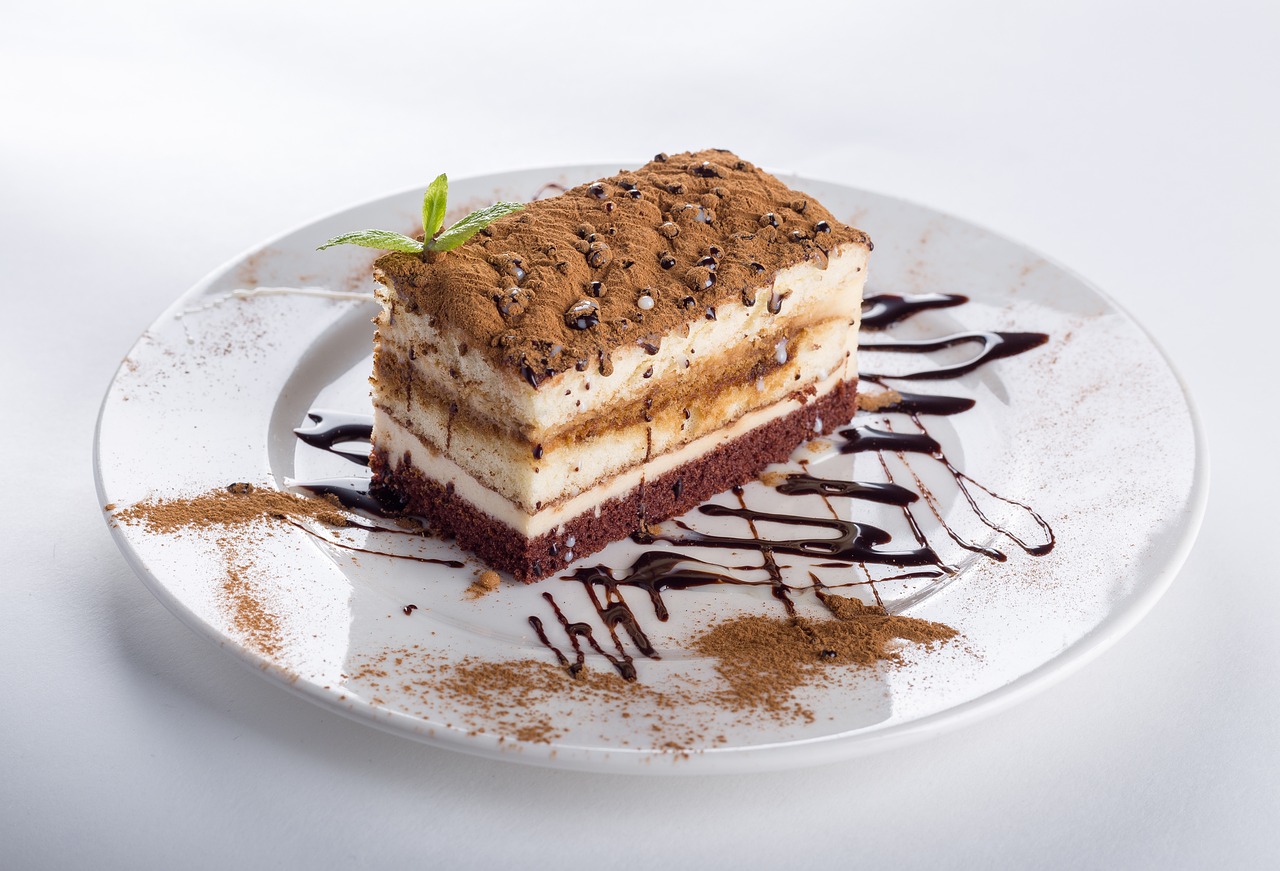Is Chocolate Low FODMAP? Must Know For Chocolate Lovers!
If you’re following a low FODMAP diet and wondering whether you can still enjoy chocolate, you’re in luck!
Chocolate can indeed be a part of your diet, as long as you’re mindful of the type and serving size. The low FODMAP diet focuses on reducing fermentable carbohydrates that can trigger symptoms in people with irritable bowel syndrome (IBS) and other digestive disorders.
By understanding which chocolates fit within these guidelines, you can satisfy your sweet tooth without compromising your digestion. That is what this guide is all about!
Is Chocolate Low FODMAP?

Yes, dark chocolate is a great option for those on a low FODMAP diet, as it has been lab-tested and found to be acceptable in certain amounts. According to Monash University, you can enjoy up to 30 grams of dark chocolate on a Low-FODMAP meal plan, without worry.
Aim for Over 70% Cocoa Content
When selecting dark chocolate for your low FODMAP diet, it is important to pay attention to the ingredients. Aim for chocolate with a high cocoa content (ideally 70% or more) and choose products with fewer added sugars and artificial sweeteners. These factors could minimize the potential gut-irritating effects of the chocolate.
Mind The Sugar and Lactose in White Chocolate
If you prefer milk or white chocolate, you’ll want to limit your intake to 20 grams, as these varieties contain higher levels of lactose, which is a high FODMAP sugar. By incorporating chocolate into your low FODMAP lifestyle in moderation, you can enjoy life’s sweet moments without discomfort.
Related Content – Is Erythritol Low FODMAP
Types of Chocolate and FODMAP Content

There are three main types of chocolate: white, milk, and dark. Each has a different composition and, as a result, may have varying levels of FODMAPs.
White Chocolate
White chocolate tends to have higher levels of lactose due to the presence of milk powder or milk-derived ingredients. A serving of 20g is considered low FODMAP, but be cautious with larger servings, as they can contain moderate levels of lactose.

Milk chocolate
Milk chocolate also has lactose but in smaller amounts compared to white chocolate. Stick to 20g servings for a FODMAP-friendly option.
Dark chocolate
Dark chocolate is typically the best choice for those following a low FODMAP diet, as it has minimal lactose or milk-derived ingredients. Monash University has lab-tested two kinds of dark chocolate, with each having its own recommended amounts.
Related Content – Is Salami Low FODMAP
Nutrition Table of Different Chocolate Varieties
| White Chocolate (20g) | Milk Chocolate (20g) | Dark Chocolate (30g) | |
|---|---|---|---|
| Calories | 108 | 104 | 170 |
| Fat | 6.5g | 6.2g | 12g |
| Sodium | 25mg | 24mg | 7mg |
| Carbohydrate | 12g | 11g | 13g |
| Fiber | 0g | 0.3g | 3.1g |
Portion Sizes and FODMAP Impact
The key to managing chocolate intake in a low FODMAP diet is understanding portion sizes. Below is a table with glucose, fructose, and excess fructose levels per serving suggestion. Remember to stay within the suggested serving sizes, as larger portions may lead to an increase in FODMAP content.
| White Chocolate (20g) | Milk Chocolate (20g) | Dark Chocolate (30g) | |
|---|---|---|---|
| Glucose | 4g | 3.8g | 3.9g |
| Fructose | 3.8g | 3.6g | 2.8g |
| Excess Fructose | 0g | 0g | 0g |
Benefits of Dark Chocolate on a Low FODMAP Diet
Dark chocolate can be a delicious and beneficial addition to your low FODMAP diet. In moderation, it can offer certain health benefits and enhance your overall well-being.
Antioxidants and Anti-Inflammatory
Firstly, dark chocolate is considered low FODMAP when consumed at around 0.5-3 ounces. This means you can still enjoy it as a treat without worrying about triggering your IBS symptoms. Besides, it is rich in antioxidants, helping to reduce inflammation and protect your cardiovascular system.
Good for Gut Health
Moreover, dark chocolate may also have a positive effect on your gut health. Some researchers suggest that cocoa can serve as a prebiotic, promoting a healthy balance of gut bacteria. A well-balanced gut flora is crucial for managing IBS symptoms.
Possible Side Effects and Precautions
When enjoying chocolate on a low FODMAP diet, you should be aware of a few possible side effects and take certain precautions to minimize digestive distress.
May Trigger IBS Symptoms
Firstly, remember that portion control is key. Consuming too much chocolate, even if it’s considered low FODMAP, may still trigger your IBS symptoms. Stick to small portions and savor each bite.
Lactose Levels
Some types of chocolate contain more lactose than others. This could cause discomfort if you’re lactose intolerant. Opt for chocolates with lower lactose levels, such as dark chocolate.
Caffeine
Also, keep in mind that chocolate is a source of caffeine. Excessive caffeine intake might aggravate IBS symptoms for some individuals. If you find that caffeine affects your gut negatively, try choosing chocolates with a lower caffeine content or limiting your chocolate intake.
Wheat and Sweeteners
Lastly, be cautious when selecting chocolate products, as some may contain high FODMAP ingredients like wheat or certain sweeteners. Always check ingredient labels and choose products with low FODMAP ingredients to avoid unnecessary discomfort.
Also Read: Is Halva Low FODMAP
Conclusion – Is Chocolate Low FODMAP?
Enjoying chocolate on a low FODMAP diet is possible by carefully selecting the type, paying attention to portion sizes, and monitoring your overall FODMAP intake.
As with any dietary change, consult with a healthcare professional before making significant adjustments, particularly if you have IBS or other digestive concerns. Happy chocolate-eating!

Jane Porter is an architect that like many others, had her life significantly impacted by digestive problems for many year. Trying to find a solution to her digestive problem, she came across the low FODMAP diet, a scientifically-backed approach designed to alleviate symptoms associated with irritable bowel syndrome (IBS) and other digestive disorders.



